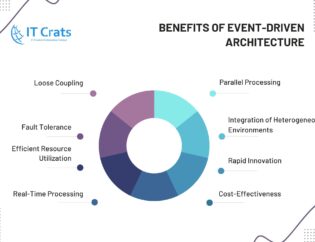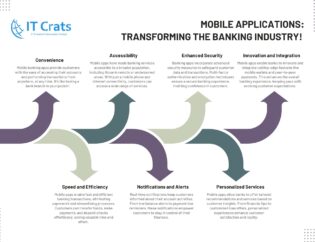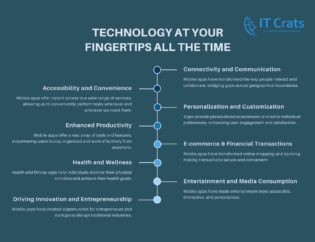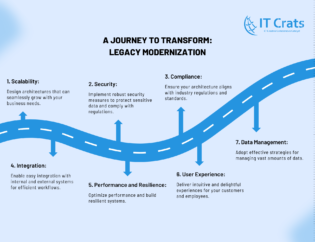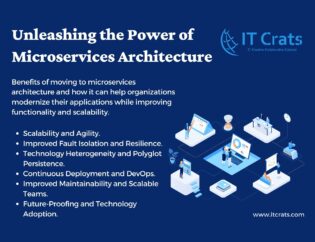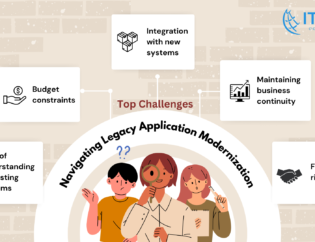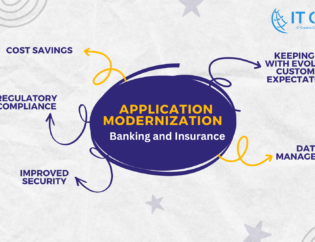Content is King – Content Management Systems
The world is going digital and the need for relevant and powerful content is more pertinent than ever before. Be it within the enterprise or on the web for a larger audience, the content reflects and drives organizational growth.
With this comes the need for sophisticated Content Management Systems (CMS) that are programs used to create and manage digital content. A CMS primarily used for indexing, search and retrieval, format management, revision control, and publishing content. Many CMS also provides for marketing tools, SEO, integrated file managers, etc. At the center of it all, lies the all-important data. This is because essentially, the job of a CMS is to make interacting with data, user-friendly, and enable users to create, edit, archive, collaborate, report, publish, and distribute data.
Advanced Digital Experience with Contentful
An example of the latest in CMS is Contentful. It is a web-based CMS that is widely being used for industries like e-commerce and media, where “content is king”. The popularity of Contentful can be justified in its easy-to-use front end for feeding data, as well as for its custom UI extensions and widgets.
The platform allows content modification either through the web front end, like a usual web application, or through APIs (Application Program Interface). Different APIs serve different purposes, and the user chooses one according to their needs. For example, Content Delivery API is used to retrieve content to display to users, while Content Preview API is used to retrieve unpublished content.
Through all these processes, data extraction becomes a key component for making critical business decisions. It is important for the assessment and review of tasks undertaken to improve the reliability and validity of systems.
Data Extraction
Data that cannot be interpreted by us is only a worthless collection of entries. To make sense of the vast amount of information generated by CMS it needs to be extracted into a format that can be readily transformed and loaded to chosen data warehouses. Only then can we begin to create value for our business.
Thorough Contentful, data is extracted in JSON format. It stands for JavaScript Object Notation. As the name suggests, JSON uses JavaScript programming language to interpret data as objects, values, and strings. We need to understand the advantages and limitations of this format to check whether it is the best bet for our data extraction needs.
JSON Pros and Cons

It is evident from the list above that while JSON has its uses, it cannot be used for analysis as in SQL Server. Inherently, Contentful does not use any tool that can replicate data from Contentful to Database in real-time or near real-time or batch process.
Comprehending Data
There are some ways of extracting data from Contentful to more useful formats. A few popular ones are StichDocs and Xplenty that integrate on web browsers as Contentful plug-ins. This enables the user to run SQL queries and connect different data sources.
Here it is important to note that because these are plug-ins, they have their own limitations in terms of functionality. They offer very limited editability and customization, which can be an issue in data analysis and decision making.
Realizing the need for a better solution, IT Crats has developed a dynamic ODS (Operational Data Source) framework. Let’s have a look at that.
Dynamic ODS Framework
The major difference between Dynamic ODS and other solutions available on the market is that this is a framework and not a plug-in. This immensely increases its functionality as a customizable and reliable solution.
The framework extracts data directly from a Contentful source, which is the JSON format and pushes it on to the SQL Server. What is even more impressive, is that the framework simultaneously sorts the data into relevant tables that have been customized for specific requirements. Furthermore, there is no requirement of extra code, which makes the process much faster and easier.
In Contentful, data is organized into groups of related data called content types. Using Dynamic ODS, data can be retrieved by a method of your choice from various “content types”.

Once data is stored in the specified SQL tables, it can also be used to restore data back to Contentful in the event where data is lost from the online platform. This makes the Dynamic ODS stand out above the competition even more.
In the present versions, Dynamic ODS is available as a framework built on top of SQL Server and extracts data directly from Contentful to SQL Server. To take the frame a step further, Dynamic ODS will soon be extended to web-applications, allowing for wide-spread usability.
It would be right to say, that Dynamic ODS is the most comprehensive, functional, and usable tool for data extraction from Contentful, currently on the market.


